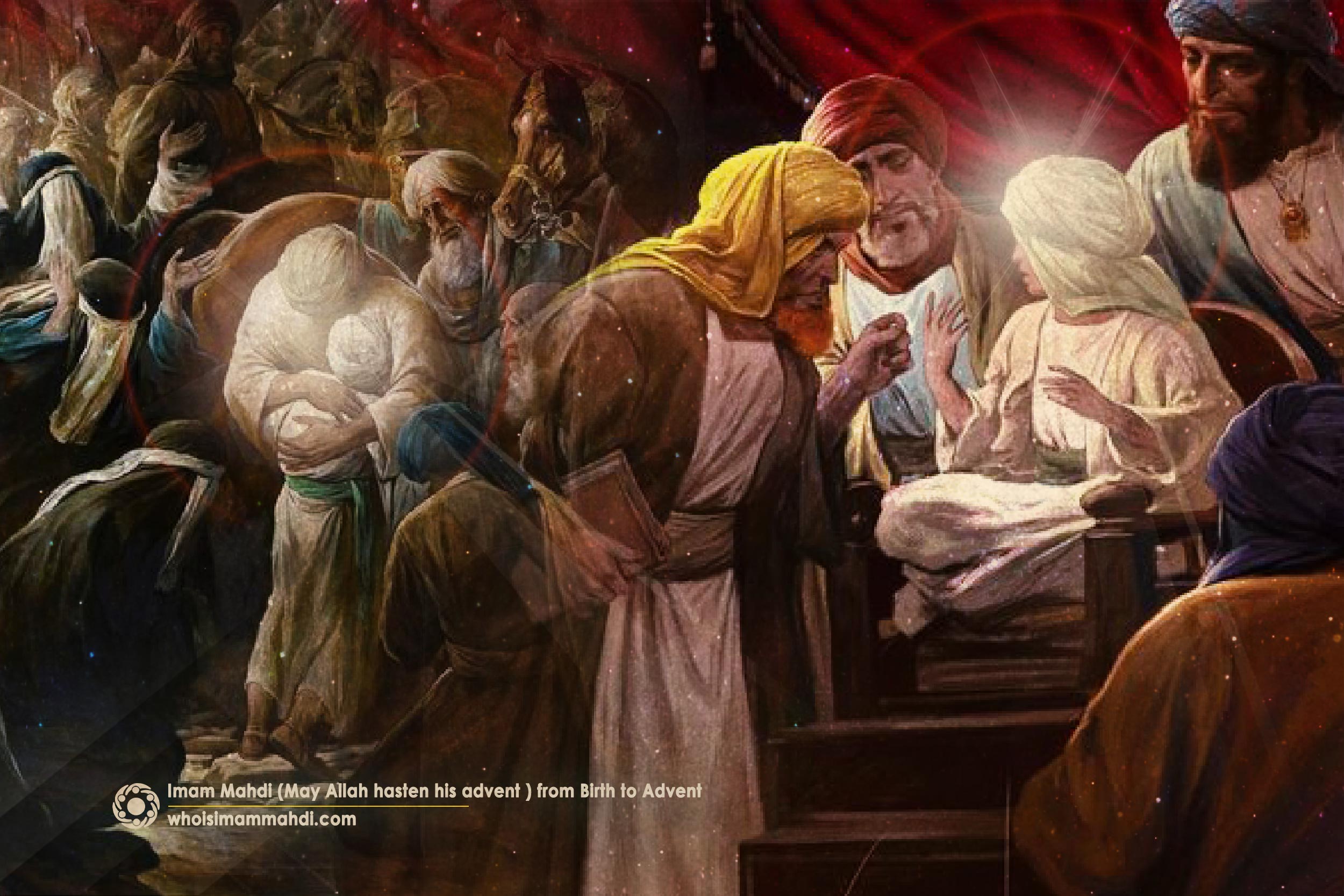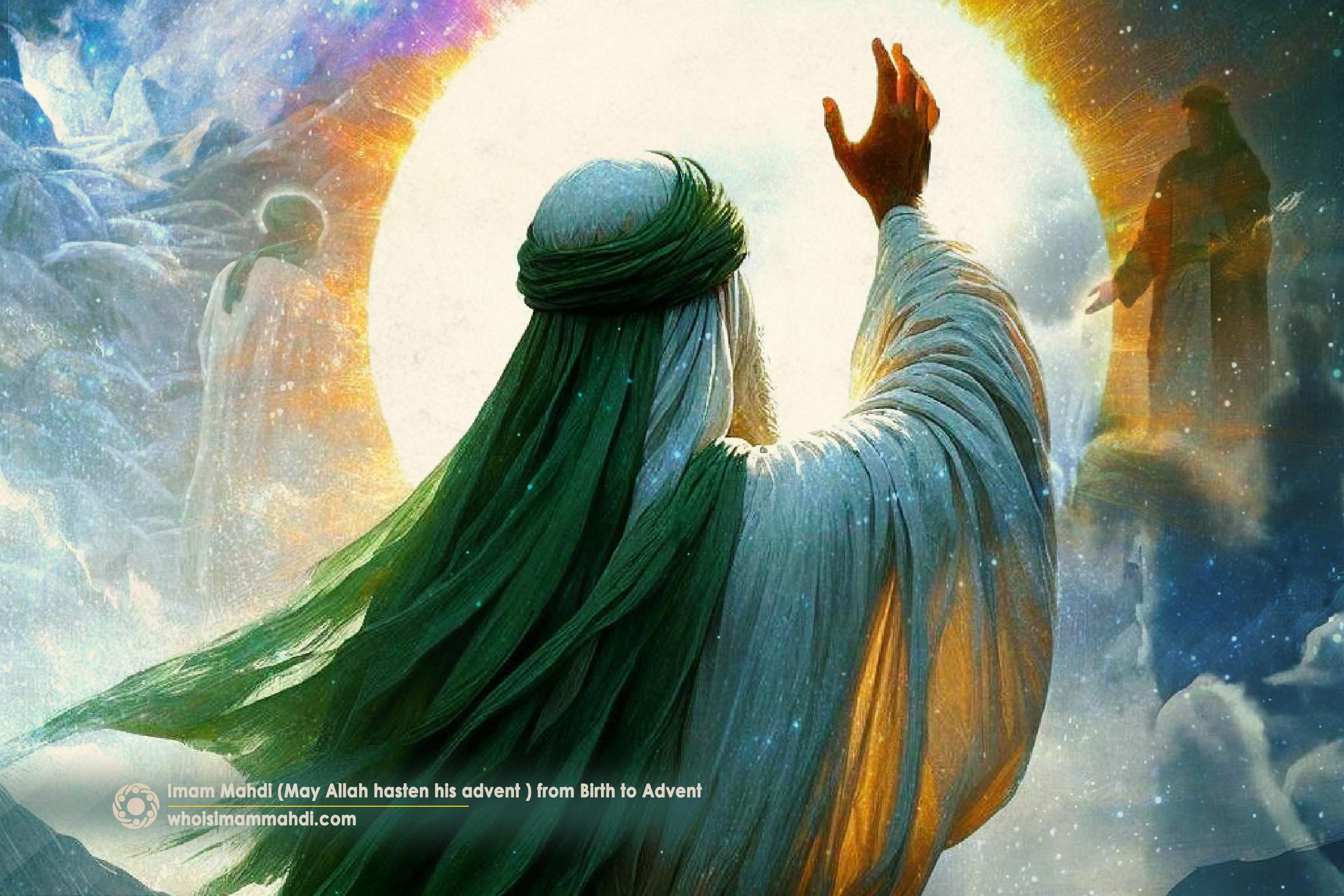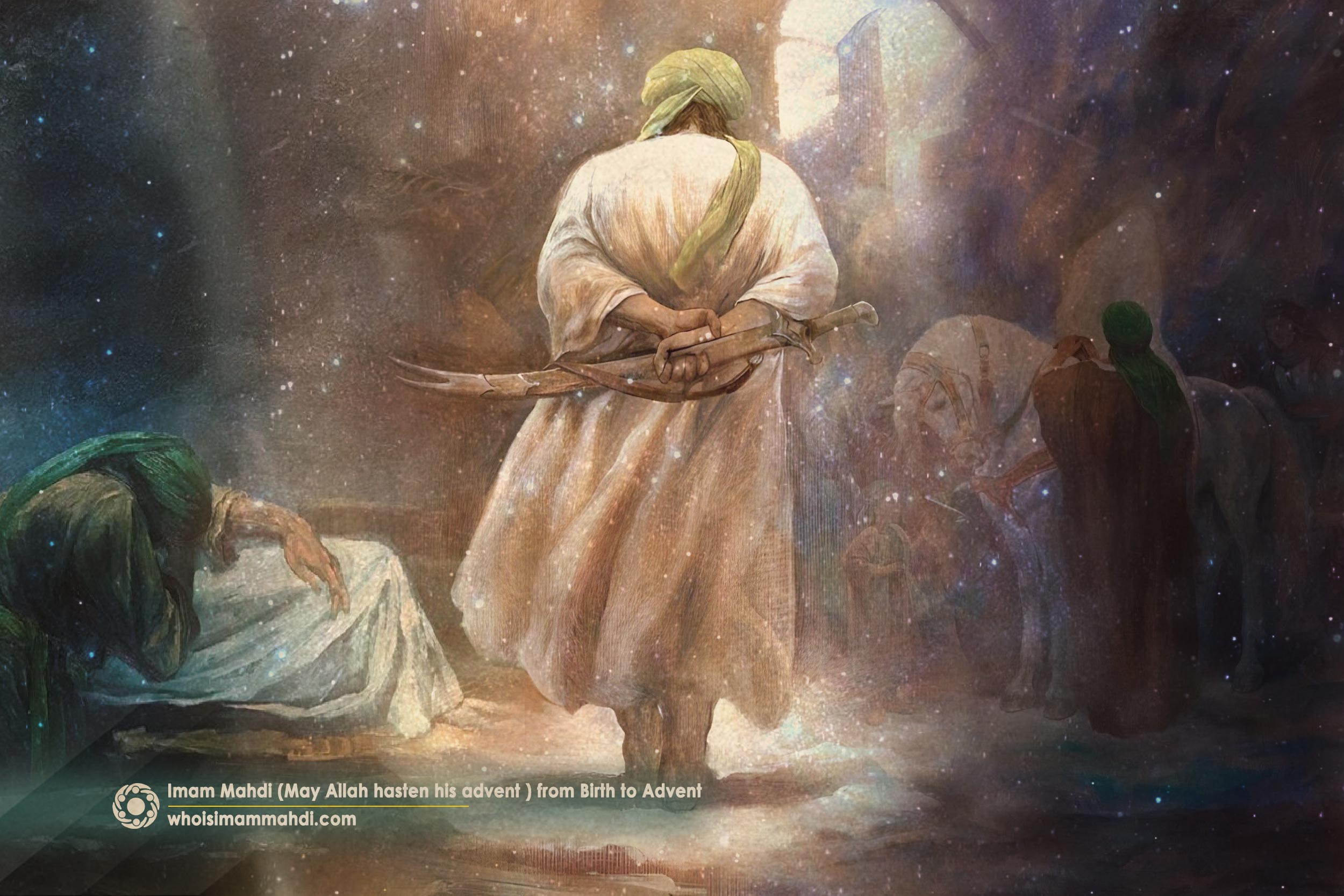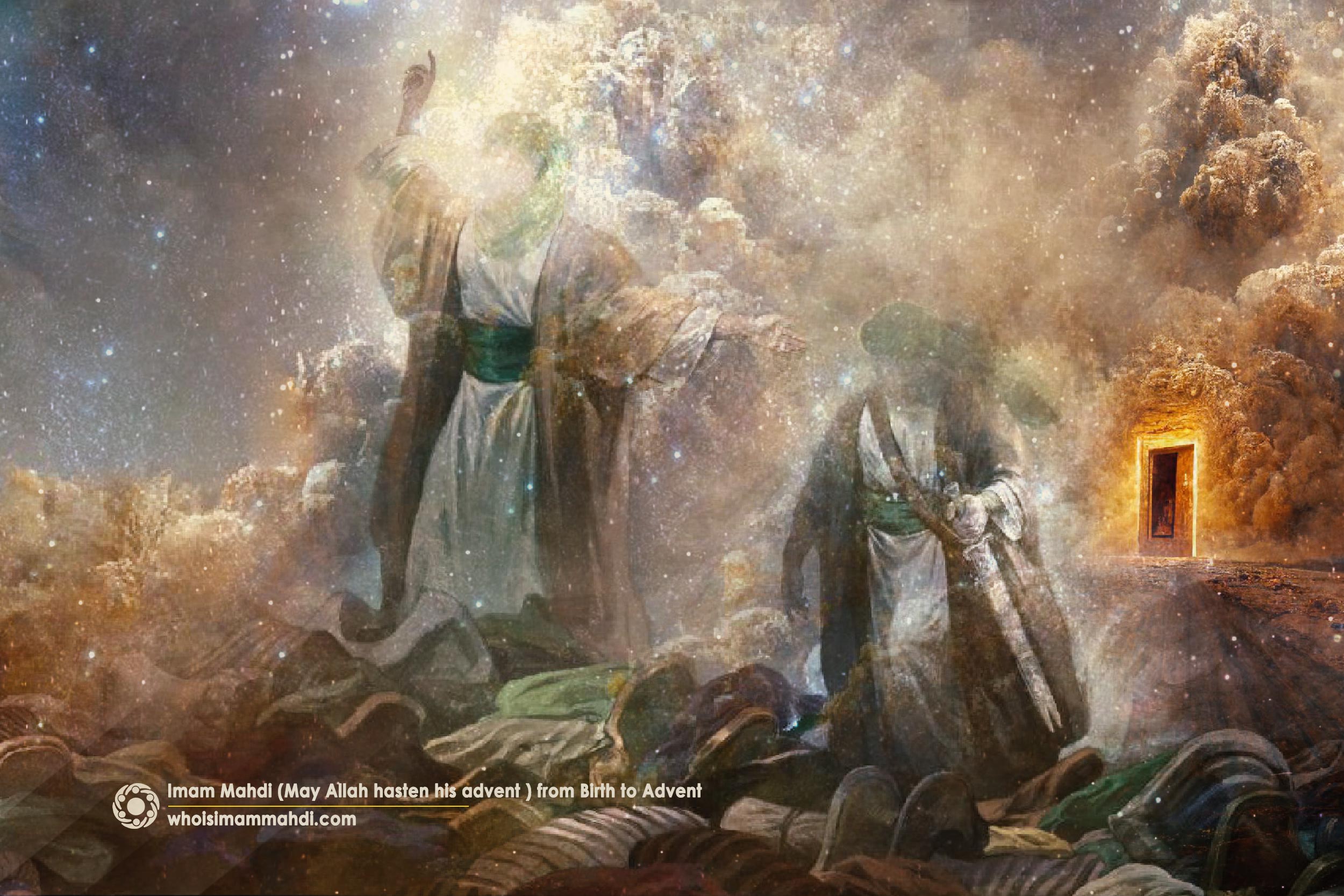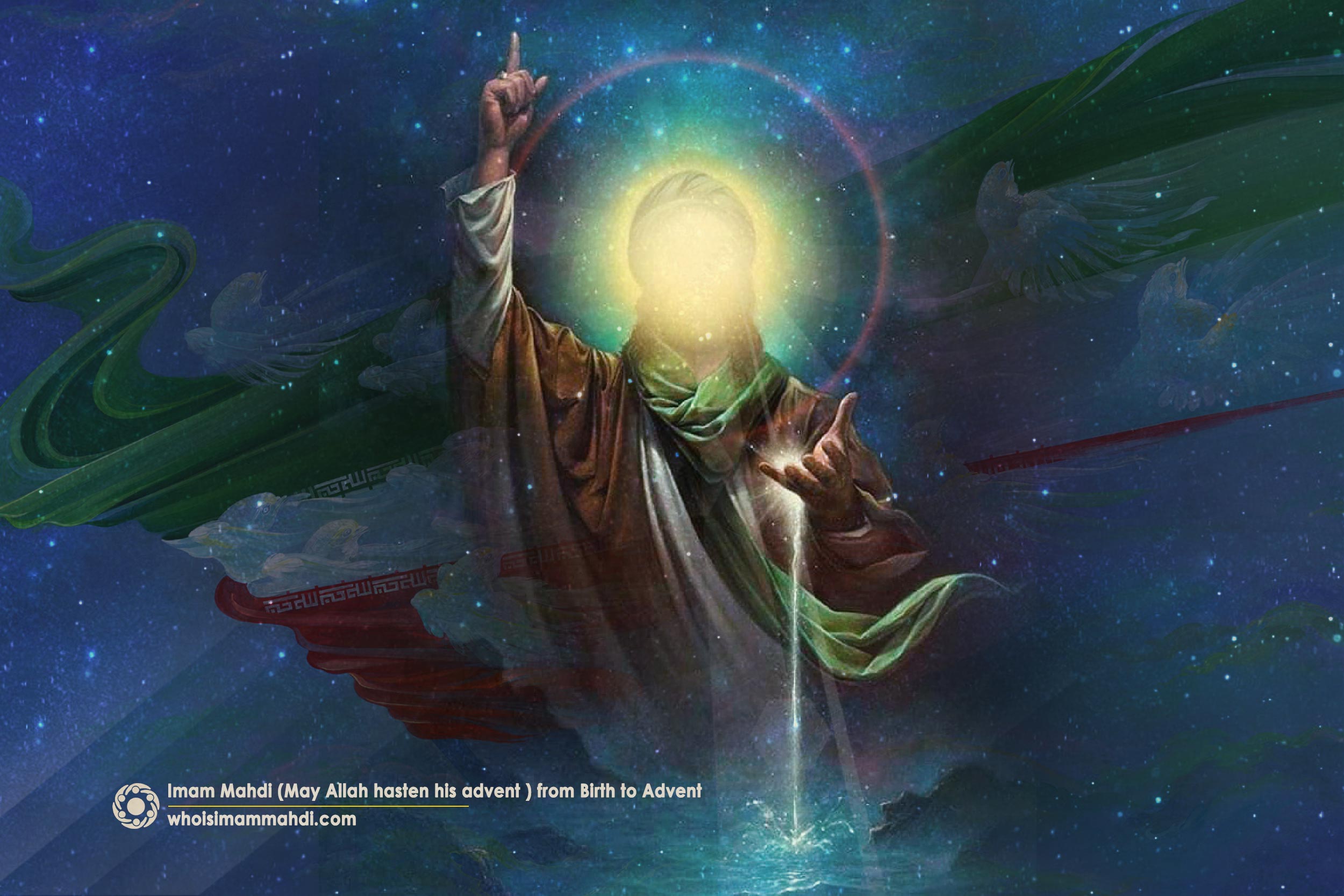Examining the Role of Imam Jawad (PBUH) in Shaping the Divine Civilization
Hazrat Muhammad bin Ali (PBUH) is the son of Imam Reza (PBUH) and the ninth Imam of Twelver Shias. He was known by the titles Taqi and Jawad and was born in the tenth of Rajab.[1] His honorable mother was a slave from Africa, and this non-Arab maternal lineage posed significant challenges on the path of his Imamate.[2] One of the most important aspects of his Imamate is that Imam Jawad (PBUH) attained Imamate at the age of seven, and his Imamate lasted for about seventeen years.[3]
The trials of the Imamate of Imam Jawad (PBUH) had begun before his birth. The people around and close to Imam Reza (PBUH) cast many accusations against him.[4] Until Imam Reza (PBUH) did not have a son, they rejected the issue of his Imamate at root.[5] The mother of Imam Jawad (PBUH) was an African and dark-skinned woman;[6] for this reason, he did not have much resemblance to Imam Reza (PBUH) in appearance. This led many people to make accusations against Imam Jawad; they did not consider him as the real son of Imam Reza (PBUH), not accepting his Imamate.[7]
Imam Jawad (PBUH) began his Imamate in circumstances where even the elites of the Shia were suspicious of his and his father’s Imamate. The issue of a child attaining the Imamate was not a simple matter, and not anyone could come out of this test with pride. Consequently, many well-known and “omniscient” sheiks who considered themselves scholars and jurisprudents failed in this test and could not accept the Imamate of a child. Despite all these hardships, Imam Jawad (PBUH) repaired, rebuilt, and continued the path of the previous Imams (PBUT). Imam Jawad (PBUH) paid the price of Imam Mahdi’s attaining the Imamate in childhood years before his Imamate with hardships, conflicts, denials, and verbal abuse.
On this path, he faced various challenges such as the misguided sects like the Waqifites,[8] Ghulat, fake delegates, etc., which we will discuss in this article. The issue of the forced marriage of Imam Jawad (PBUH) to Umme Fadl, the daughter of Ma’mun, also endangered the Imam’s security at home and the Imam was not safe even in his privacy. Nevertheless, by observing security measures, the Imam managed to revive the network of delegates, confront different sects, and present an unparalleled scholarly aspect of himself. Finally, on the 5th of Dhu al-Hijjah,[9] at the age of 25, he was martyred by the order of Al-Mu’tasim, the Abbasid caliph.[10]
Imamate of Imam Jawad (PBUH) in Childhood
During the Imamate of Imam Jawad (PBUH), the society did not have the capacity to understand and accept the Imamate of a seven-year-old child.[11] They did not understand that it does not make any difference whether an infallible Imam is seven years old or seven hundred years old. In such circumstances, when the fabric of the Shia school was falling apart, and the Imam of the society was abandoned, the trustworthy and pious sages should have come forward and supported the Imam of their time.
In the Shia school, the concept of the Imam and the follower (ma’mum) always has a deep connection. Tens of years of the Imamate of the eight Imams before Imam Jawad (PBUH) had proved that if the faithful Shias do not defend the Imam of their time with all their lives, he would not just lose his position as leader, but even his basic rights would be denied.
Among them, the names of two loyal companions of Imam Jawad (PBUH) shine brightest in defending their Imam: Ali ibn Ja’far and Ali ibn Mahziar played extremely important and effective roles. Some people like Ali ibn Ja’far had such fame and power that he could claim Imamate himself, but they knew their limits and became defenders of the Imam of their time. They did not allow some opportunists to push the Imam out of his role as a guide and teacher for the people.
God had arranged the puzzle of Imamate in such a way that the path to arrange the next pieces would be very smooth. During his Imamate, Imam Jawad (PBUH), with his knowledge and wisdom, shone so brightly in debates and different fields of knowledge that he became the ultimate authority and the most respected source of knowledge for scholars and seasoned theologians.[12] He presented such a professional and well-organized image of himself that today we have a specialized encyclopedia from him available to us. This aspect of his Imamate became so evident that the issue of reaching the position of Imamate at a young age became a resolved and possible matter for all in such a way that when Imam Mahdi (AJ) attained Imamate, there was no room for doubt or question. Everyone understood this issue perfectly.
The Actions of Imam Jawad (PBUH) for the Continuation of the Shia Network of Delegation
The network of delegation was the secret strategy of the Ahl al-Bayt (Household of Prophet Muhammad) to preserve Shias and to strength the Shia infrastructures. The network of delegation is described as a network similar to a pyramid, with the Imam at its head and representatives of the Imam within its body. Imam’s delegates, who were called “Bab” or deputies of the Imam, were stationed in Shia areas and did all the matters related to the Imam under the direct supervision of the Imam. They did tasks such as exchanging messages between the Imam and the Shia, managing finances and receiving religious dues, religious education and responding to religious issues, explaining the position of Imamate and the status of the Imam, managing seditions and enlightening the people against government corruption.
Background and Purpose of the Shia Network of Delegation
The Umayyads and the Abbasid Caliphates intended to eliminate the Shia school of thought and its followers and were waiting for the slightest move from the Ahl al-Bayt (PBUT) against them in order to eradicate the Shia and its Imams. Through the strategy of the secret network, the Ahl al-Bayt (PBUT) decided that instead of open military confrontation with a high risk of failure, they would secretly prepare against the tyrants.
Although we can claim that the groundwork for this network was laid almost from the time of Imam Ali (PBUH), the dawn of the serious work of these organizations was during the time of Imam Baqir and Imam Sadiq (PBUT).[13] It intensified further in the era of Imam Kazim (PBUH). Following the martyrdom of Imam Kazim (PBUH), the network underwent a rigorous cleansing process, expelling the delegates who had deviated from their mission and eliminating those who were insincere. During his Imamate, Imam Reza (PBUH) dealt with corruption od deviant people within the network to hand down the secret organization safely to Imam Jawad (PBUH).[14]
Each member of the Ahl al-Bayt worked tirelessly to ensure that this network remained strong and ready to support the next Imam so that they can provide the necessary groundwork for the occultation of the Twelfth Imam (AJ). The Shia had to learn that if direct communication with the Imam was not possible and the Imam was not accessible, they should refer to his trusted and approved delegates.
The Role of Imam Jawad (PBUH) in Protecting the Network of Delegation
In fact, the revival and reconstruction of the network of delegation was carried out by Imam Jawad (PBUH). He was in a tense and challenging situation during the time of the Abbasids. The Imam not only lacked security in society but also in his own home. Communicating with him was very difficult, and extreme caution had to be exercised. In such a situation, the necessity of reviving the secret network of delegation was strongly felt.[15]
A group of jurists, loyal companions, with piety and devotion to the Imam as his delegates, settled in different parts of the world. They were intermediaries between the Imam and the Shia, and at different times, they came to the service of the Imam in various roles such as merchants, travelers, passersby, salesmen, etc., to report different events to the Imam and seek instructions. Of course, in addition to face-to-face meetings between the delegates and the Imam, written correspondence was also used, and written communication was often the priority.[16]
Delegates were selected by the Imam personally, and corrupt delegates would face a harsh and serious response from the Imam. Imam Jawad’s network of delegation was active in regions such as Mecca, Medina, Egypt, Baghdad, Basra, Kufa, Morocco, Rey, Ahvaz, Qom, Khorasan, and Hamadan. Among the famous delegates of the Imam we can mention Ali ibn Ja’far, Ali ibn Mahziar, Abdul Rahman ibn Hajjaj, Muhammad ibn Sinan, Zakariya ibn Adam, and others.
Even though the Imam did not have an official teaching seat, he would secretly provide knowledge to his trusted delegates, who also transmitted the knowledge to the people on behalf of the Imam. Imam Jawad (PBUH) was the architect of the network of delegation, preparing it so that it would be ready to be passed on to Imam Hadi (PBUH).
Crises of the Imamate Era of Imam Jawad (PBUH)
The era of Imam Jawad (PBUH) was also a time full of sedition and turmoil caused by different sects. The Imam had to simultaneously deal with afflictions and manage crises such as:
- The Zaidiyyah Sect
This sect considered Zaid, the son of Imam Sajjad (PBUH), as his successor. The Zaidiyyah were strongly inclined to revolt and fight against the government, wanted to take over power themselves. Zaidiyyah were one of the troublesome sects for Imam Jawad (PBUH), and they often accused the Imam of collaborating with the government of the time.
- The Waqifites
After his martyrdom, some special delegates of Imam Kazim (PBUH) distanced themselves from the ideals of the Imam and deviated from the path of Imamate, rejecting the Imamate of Imam Reza (PBUH). The Waqifites claimed that Imam Kazim (PBUH) was indeed the awaited Mahdi who, according to them, had gone into occultation and would return soon.
- The Ahl al-Hadith Sect
Ahl al-Hadith were a group of Sunni Muslims who apparently only believed in the Quran and Hadith, rejecting the use of the intellect in religion. They disagreed with the proponents of reasoning (ahl al-ra’y) on this matter.
- The Ghulat (Extremists, Exaggerators)
It had been years since the establishment of this sect. They were engaged in destroying the image of the Shia faith with the support of the government. The Ghulat attributed divinity and deification to the Ahl al-Bayt (PBUT) and exaggerated in elevating the status of the infallible Imams (PBUT) as perfect humans. The Ghulat were not truly the lovers of the Ahl al-Bayt (PBUT); rather, they used to attack them under the guise of being friends. For example, among Sunni circles, they would insult their beloved caliphs by attributing their words to the infallible Imams (PBUT) to create discord and division. Imagine how the leadership of Imam Jawad (PBUH) provided a nourishing sustenance for the Ghulat.
- The Sedition of Fake Delegates
We said that delegates were among the most important and key elements of the network of delegation. Not everyone had the condition to be a delegate of the Imam, and the Imam chose them with particular sensitivity. The delegates had credibility and a special prestige among people and also had access to Sharia payments. These privileges led some people to covet this position and claim to be the delegates of Imam Jawad (PBUH). These deceitful delegates were rivals in lying and spreading rumors. Each of them would use ridiculous lies to attract more people towards themselves. For example, some of them, in exchange for receiving a sum from the people, would allow people to ignore some obligatory religious rulings and allow them to do certain prohibited acts.
The conditions of the era of Imam Jawad (PBUH) were like other Imams (PBUT) such that the possibility of establishing the promised divine civilization did not exist. but laying the groundwork and preparing the conditions for the establishment of this government had to be done by the eleven infallible Imams. All the actions, small and large, of Imam Jawad (PBUH) during his Imamate were the bricks to build the foundations of that divine civilization, which ultimately had to reach the twelfth Imam (AJ). The twelve infallible Imams (PBUT) were warriors and architects who, hand in hand, meticulously planned the foundations of the New Islamic Civilization, courageously fought for its realization, and tirelessly followed the path ordained by God.
[1]. Syed Muhammad Raza Shabbar, Story of the Holy Ka’aba and its People. Muhammadi Trust of Great Britain and Northern Ireland, p.95.
[2]. Shaykh Mufid, Kitab Al-Irshad, trans., I. K. A. Howard. vol. 2, Chapter. 8, p. 450.
[3]. Shabbar, Story of the Holy Ka’aba and its People, p. 95.
[4]. Shaykh Mahdi Pishvai, The Lives of the Twelve: A Look at the Social and Political Lives of the Twelve Infallible Imams, trans., Sayyid Ali Musawi. Noor Collective Publications, 2019, vol. 3, p. 105.
[5]. Muḥammad ibn Yaʿqūb al-Kulaynī, Al-Kafi, vol. 1, Book 4, Chapter 73.
[6]. Shaykh Mufid, Kitab Al-Irshad, p. 450.
[7]. Shaykh Mahdi Pishvai, The Lives of the Twelve: A Look at the Social and Political Lives of the Twelve Infallible Imams, trans. Sayyid Ali Musawi. Noor Collective Publications, 2019, vol. 3, pp. 106-107.
[8]. The Waqifites were a sect who recognized Imam Kazim (PBUH) as their Imam but rejected the leadership of his successor, Imam Reza (PBUH). The Waqifites held a strong belief in the Mahdi and the occultation of Imam Kazim (PBUH). They maintained that Imam Kazim (PBUH) was still alive, had not died, and would never die. They believed he had been raised to heaven, similar to the ascension of Jesus, and that he was the awaited one who would bring justice and fairness to a world consumed by oppression and tyranny. However, their beliefs later diverged, leading to a split into four distinct sub-groups. Three of these groups ultimately accepted the death of Imam Kazim (PBUH), while the remaining group steadfastly held onto the belief that Imam Kazim (PBUH) never died.
[9]. Baqir Sharif al-Qurashi, The Life of Imam Muhammad Al- Jawad, trans. Abdullah al-Shahin. Qom: Ansariyan Publications, p. 149.
[10]. Pishvai, The Lives of the Twelve: A Look at the Social and Political Lives of the Twelve Infallible Imams, vol. 3, p. 134.
[11]. Ibid., p. 111; Al-Qurashi, The Life of Imam Muhammad Al- Jawad, p. 32.
[12]. Muhammad Nasir Husayni ‘Ala’i, “Imam Jawad: A Blessed Newborn,” in Message of Thaqalayn, (Summer 2016), vol. 17, no. 2, pp. 7-9.
[13]. Ali Khamenei, A 250-Year-Old Person. trans. The Ahl al-Bayt (as) World Assembly, 2014, pp. 300-303.
[14]. Jassim M. Hussain, The Occultation of the Twelfth Imam (A Historical Background). Muhammadi Trust of Great Britain and Northern Ireland, pp.36-37, 82-83.
[15]. Muhammad Muhammadi Rayshahri, Chronicles of the Martyrdom of Imam Husayn, trans. Abbas Jaffer. Islamic Center of England, 2020, pp. 104-105; M. Hussain, The Occultation of the Twelfth Imam (A Historical Background), p.83.
[16]. M. Hussain, The Occultation of the Twelfth Imam (A Historical Background), pp. 44-46.

